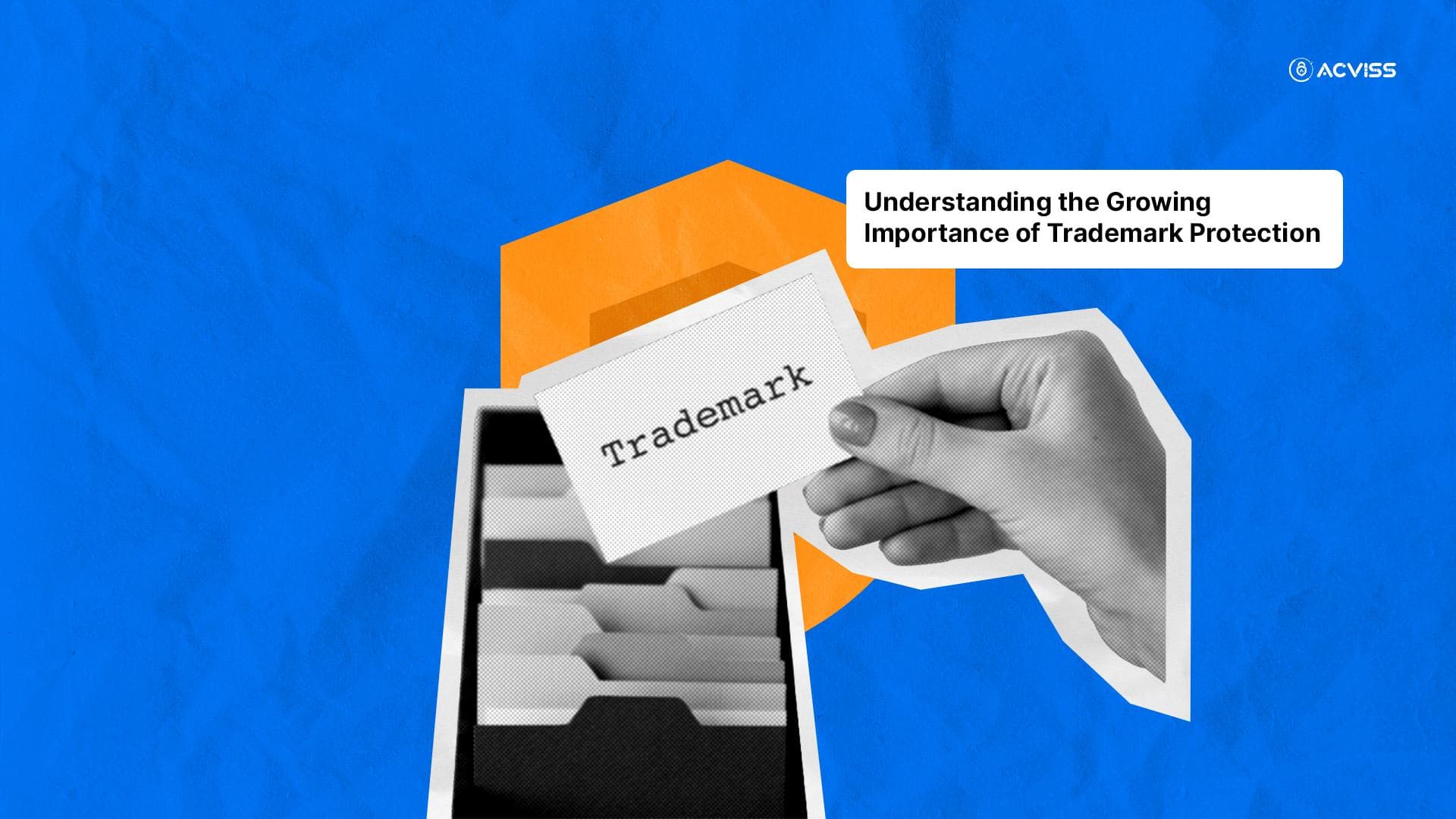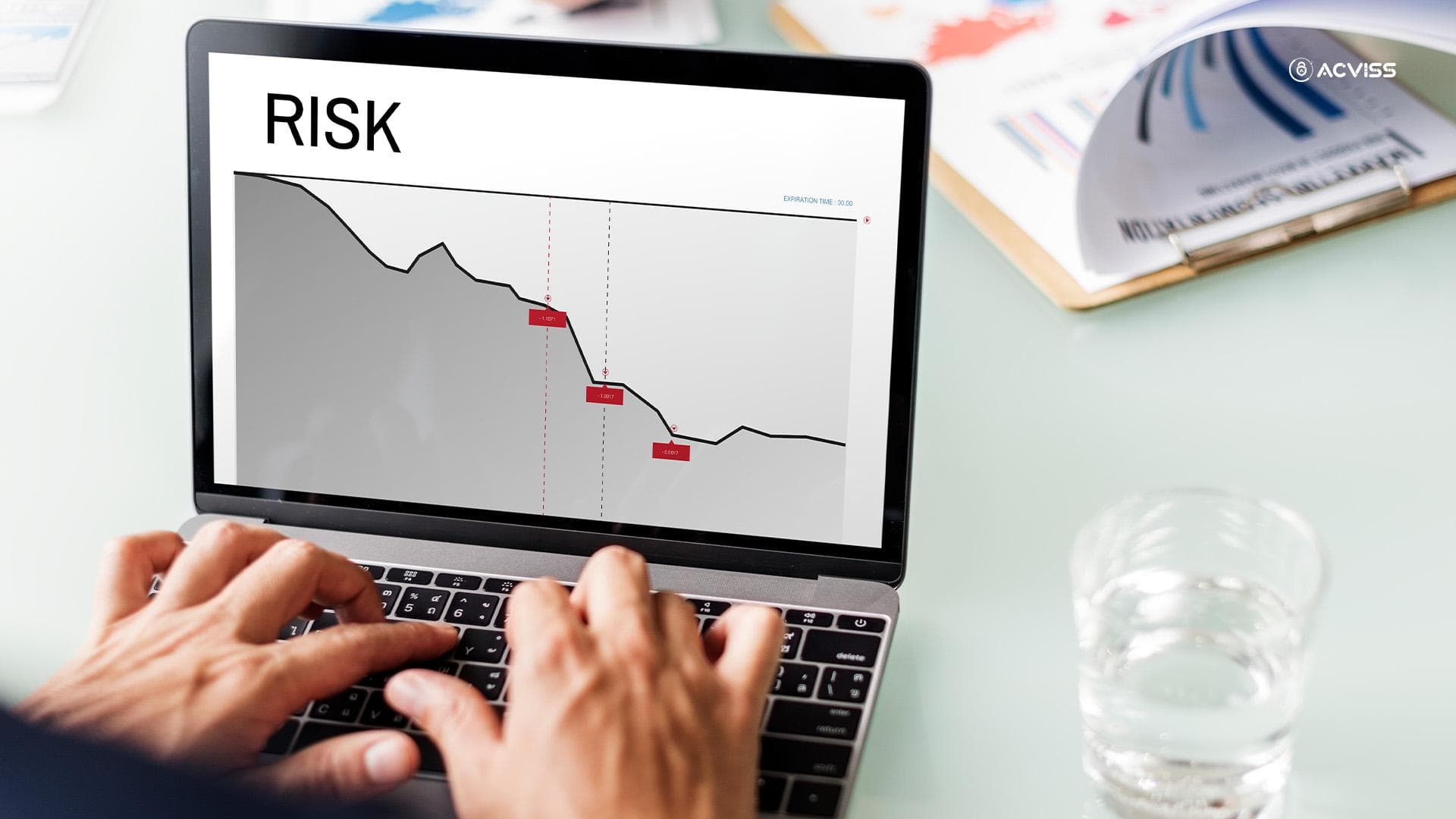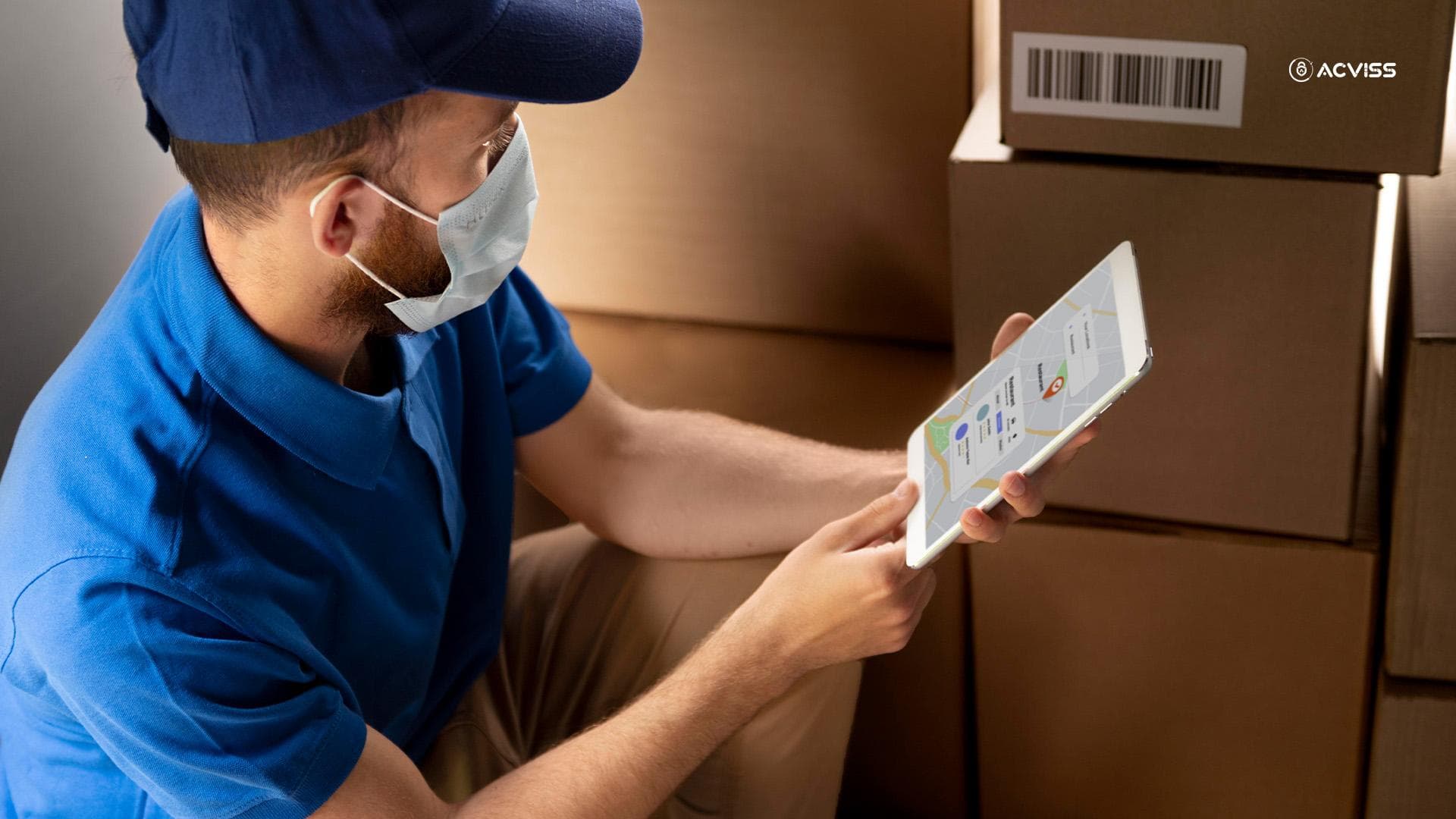Why Trademark Protection Matters More Than Ever for Modern Manufacturers and Brands

Trademark protection is no longer an optional legal safeguard; it’s a fundamental necessity for manufacturers navigating a globalised, digital-first marketplace. A trademark does more than identify a product; it embodies a brand’s reputation, quality assurance, and customer trust. For manufacturers, especially those operating across complex supply chains and multiple geographies, protecting this identity against misuse, imitation, or digital manipulation has become a mission-critical challenge.
The rise of digital marketplaces and online sales channels has accelerated the pace at which products, both genuine and counterfeit, reach consumers. While this accessibility fuels growth, it also exposes brands to the darker side of the internet, digital IP abuse, brand impersonation, and counterfeiting. According to the OECD, counterfeit and pirated goods account for around 3.3% of global trade, representing over USD 500 billion annually. For manufacturers, even a small share of this counterfeit market can mean lost revenue, reputational damage, and declining customer confidence.
To combat this, manufacturers must embrace a proactive, technology-driven strategy for trademark protection, one that extends beyond legal filings to include digital vigilance, brand protection solutions, and product traceability systems that verify authenticity throughout the supply chain.
What Trademark Protection Really Means for Manufacturers
At its core, trademark protection is the legal mechanism that prevents unauthorised use of a brand’s name, logo, or other identifiers. But for manufacturers, the concept extends far beyond paperwork. It represents the foundation of intellectual property protection (IP protection) in the modern business landscape.
A trademark safeguards:
- Brand identity: Ensuring that customers can recognise and trust your products.
- Business investment: Protecting the resources spent on product design, marketing, and innovation.
- Market exclusivity: Preventing competitors or counterfeiters from exploiting brand value.
However, trademarks must be actively enforced. Without vigilance and the right digital tools, even a legally registered trademark can become vulnerable. In today’s interconnected world, protecting IP isn’t simply about reacting to infringements; it’s about anticipating them.
Why Manufacturers Are at Higher Risk

Manufacturers occupy a unique position in the brand ecosystem. They are not only responsible for production but also serve as custodians of product authenticity and safety. The complexity of modern supply chain management exposes them to several risks:
- Global supply chains with multiple intermediaries: Each handoff increases the chance of unauthorised duplication or product diversion.
- Third-party manufacturing: Outsourced production can lead to leaks of designs or unauthorised replicas entering the market.
- Digital sales channels: With the surge in e-commerce, counterfeiters can easily list fake products online under trusted brand names.
- Weak enforcement in emerging markets: Certain jurisdictions have limited infrastructure for IP protection, making local enforcement difficult.
In addition, new regulations such as the EU Deforestation Regulation (EUDR) are compelling manufacturers to maintain higher levels of transparency and traceability across their supply chains. These laws not only address environmental compliance but also reinforce the need for product traceability, an essential component of brand authentication and anti-counterfeiting solutions.
The Digital Shift: Trademark Protection in the Online Era
The expansion of online marketplaces has revolutionised how products are bought and sold, but it has also created fertile ground for IP infringements. Digital IP abuse, such as domain squatting, fake social media accounts, and counterfeit listings, can rapidly erode brand reputation.
That’s why online IP protection is now integral to trademark strategy. Brands must monitor digital platforms, marketplaces, and even dark web listings for unauthorised use of their IP. This is where AI-powered brand protection solutions such as Truviss from Acviss become invaluable, automatically scanning the digital landscape to detect and remove counterfeit listings, fake domains, and misleading advertisements before they can harm consumer trust.
From Legal Registration to Active Enforcement
Filing for trademark registration is the first step in IP protection, but it’s far from the last. Active enforcement involves:
- Continuous monitoring: Identifying unauthorised use of logos, names, or packaging online and offline.
- Data-driven enforcement: Using technology to trace the origin of counterfeit goods and understand counterfeiting patterns.
- Collaboration with authorities: Working with customs, law enforcement, and regulatory bodies to intercept counterfeit shipments.
- Consumer engagement: Educating customers about verifying authentic products and reporting suspicious items.
This holistic approach turns trademark protection from a defensive legal tool into an active, brand-strengthening strategy.
The Role of Product Traceability in Trademark Protection

Traceability provides end-to-end visibility, tracking a product from raw material sourcing to the consumer’s hands. Integrating track and trace technologies enables manufacturers to monitor every stage of their supply chain, ensuring that genuine products are distinguishable from imitations. This not only supports regulatory compliance (including standards like the EUDR) but also provides indisputable proof of authenticity to customers and partners.
Blockchain-based traceability systems are particularly effective in building tamper-proof records of a product’s journey. Every transaction or transfer is logged securely, ensuring transparency and immutability. When paired with smart packaging technologies such as non-cloneable QR codes, traceability transforms into a robust anti-counterfeiting solution.
Product Authentication: The Frontline of Brand Protection
One of the most effective ways to reinforce trademark protection is by empowering customers themselves to verify product authenticity. Product authentication technologies provide a bridge between the brand and the consumer, enabling real-time verification and engagement.
Acviss’s Certify solution, for example, employs non-cloneable technology that ensures each product carries a unique, tamper-proof identity. Customers can scan this code using a mobile device to instantly verify the product’s genuineness. This not only prevents counterfeiting but also strengthens customer satisfaction and brand loyalty by offering transparency and confidence.
Beyond consumer trust, product authentication also offers invaluable insights for manufacturers, helping them track purchase patterns, manage warranties, and improve post-sale engagement. When combined with other brand protection technologies, Certify-style solutions make it nearly impossible for counterfeiters to duplicate or manipulate product identities.
Integrating Technology and Legal Strategy
For trademark protection to be truly effective, manufacturers must blend traditional IP strategies with digital innovation. A cohesive framework should include:
- Legal groundwork: Timely registration of trademarks and related IP in all operational markets.
- Digital monitoring: AI-driven tracking to detect infringements across online platforms.
- Supply chain transparency: Track and trace tools ensuring every movement is logged and verifiable.
- Product-level authentication: Non-cloneable or blockchain-based identifiers preventing replication.
- Customer empowerment: Educating consumers to check authenticity and report fakes.
This integration creates a self-reinforcing ecosystem of brand verification and brand authentication, ensuring that trademarks remain secure both in legal records and the real world.
Data Speaks: The Economic Impact of Counterfeiting

The economic damage caused by counterfeiting extends far beyond lost sales. The World Customs Organisation estimates that counterfeit goods cost legitimate businesses over USD 600 billion annually. For manufacturers, this impact manifests in:
- Revenue erosion: Genuine sales displaced by counterfeit products.
- Brand dilution: Poor-quality fakes tarnish brand image and reliability.
- Legal exposure: Liability issues if counterfeit goods cause harm.
- Supply chain vulnerability: Counterfeit components infiltrating production networks.
Moreover, the cost of lost trust is immeasurable. This underlines why anti-counterfeiting solutions must be central to any manufacturer’s IP protection plan.
How Traceability Supports Compliance and Consumer Trust
Regulatory frameworks across industries are increasingly requiring manufacturers to demonstrate product traceability. Whether it’s for pharmaceuticals, electronics, automotive, or food safety, the ability to trace product origin and movement is becoming a compliance standard rather than a competitive advantage.
For example, the EUDR mandates that companies prove their products do not contribute to deforestation, requiring detailed documentation of the product’s supply chain. This traceability infrastructure directly complements trademark protection, ensuring that genuine, compliant products are easily distinguishable from illicit ones.
Customers, too, are driving this demand. Modern consumers expect brands to provide transparency about product origin, authenticity, and ethical sourcing. When they can verify a product’s journey through a secure traceability system, it reinforces customer engagement, product safety, and overall brand integrity.
Building an End-to-End Brand Protection Ecosystem
Protecting trademarks and brands is no longer a one-step process. It requires an ecosystem that spans across legal, operational, and digital dimensions. For manufacturers, a robust brand protection strategy includes:
- Trademark registration and enforcement: The legal foundation of IP ownership.
- Technology-driven authentication: Using non-cloneable codes and digital verification.
- AI monitoring: Detecting and removing counterfeit content online.
- Supply chain transparency: Ensuring visibility through blockchain or IoT-based systems.
- Consumer awareness campaigns: Educating customers to verify authenticity.
- Data analytics: Leveraging consumer verification data for market insights.
By aligning these components, brands can move from reactive protection to proactive resilience, anticipating threats and neutralising them before they escalate.
The Future of Trademark Protection: Intelligence and Innovation

As counterfeiters adopt more sophisticated methods, IP protection technologies must evolve in response. The future of trademark protection for manufacturers lies in intelligent automation, AI-driven analytics, and integrated digital ecosystems.
Machine learning models can now detect counterfeit listings across thousands of marketplaces, while blockchain ensures immutable proof of origin. Product authentication solutions using advanced material sciences, such as microscopic taggants and non-cloneable digital signatures, are pushing the boundaries of anti-counterfeiting technologies.
For manufacturers, embracing these innovations not only secures their trademarks but also enhances operational efficiency and consumer trust. In a competitive global market, the brands that win will be those that treat IP protection not as a compliance checkbox but as a core business differentiator.
Towards a Future of Trusted Manufacturing
Manufacturers today are expected to deliver not just quality products but also integrity, transparency, and accountability. Protecting trademarks is no longer a legal formality; it is a promise to customers that what they buy is genuine, safe, and aligned with brand values.
By integrating brand protection solutions, product traceability, and IP enforcement, manufacturers can ensure that their products remain secure from factory to consumer. Technologies like Acviss’s Certify provide that extra layer of assurance, enabling instant product verification and empowering customers to engage directly with authenticity.
In this era of digital commerce and global supply chains, safeguarding intellectual property isn’t just about protecting a name; it’s about protecting the trust that name stands for.
Conclusion
Trademark protection for manufacturers demands a shift from static legal processes to dynamic, technology-enabled strategies. From online IP protection and digital monitoring to traceability and product authentication, each component plays a vital role in securing the brand ecosystem.
Counterfeiting, digital IP abuse, and supply chain opacity may continue to evolve, but so will the solutions designed to combat them. With the right mix of legal diligence, digital intelligence, and consumer engagement, manufacturers can stay ahead of the curve, preserving their reputation and ensuring sustained customer satisfaction.
Interested to learn more about strengthening your brand through traceability and non-cloneable product authentication? Get in touch with us to explore how Acviss can help protect your trademarks, products, and customers.
